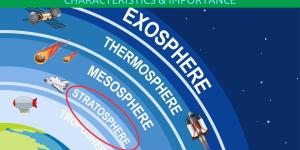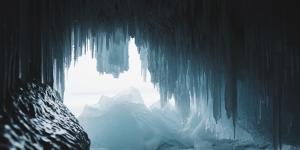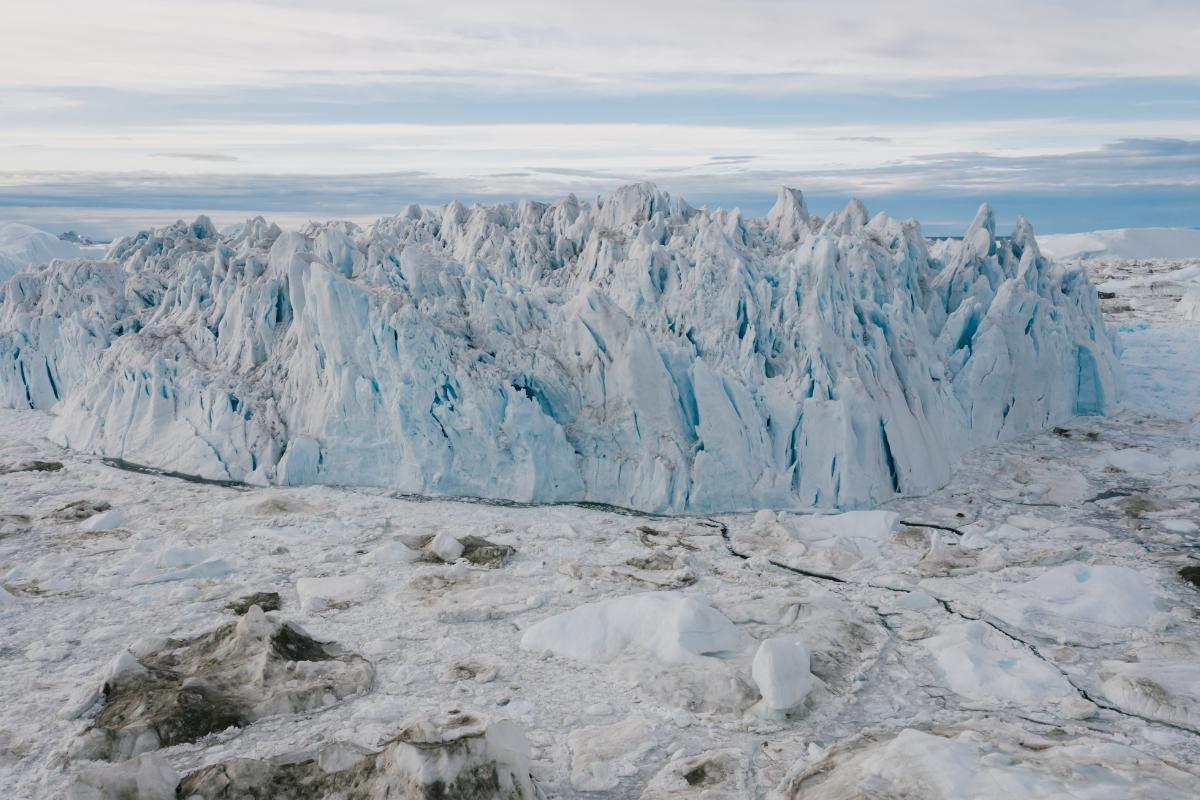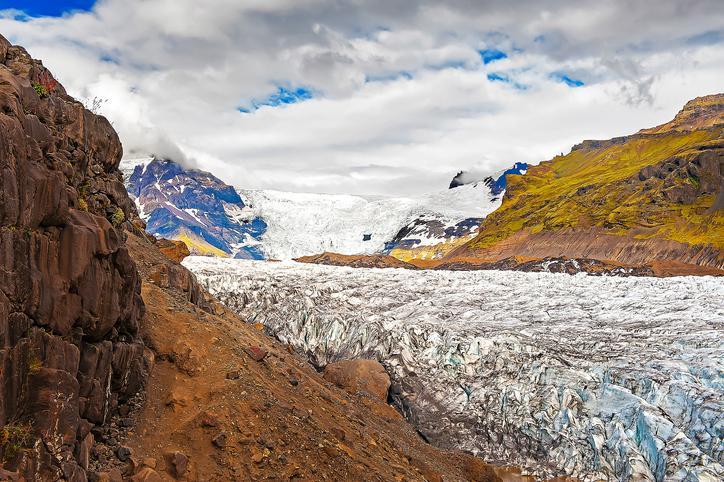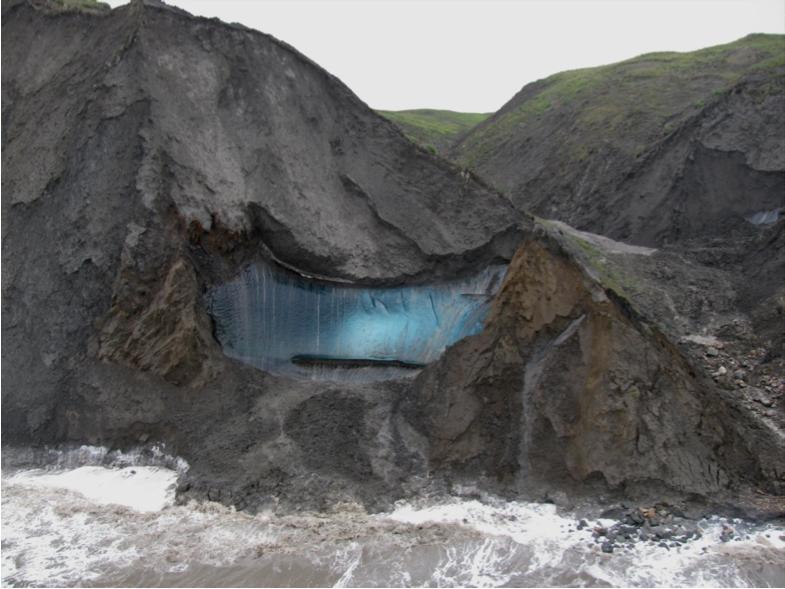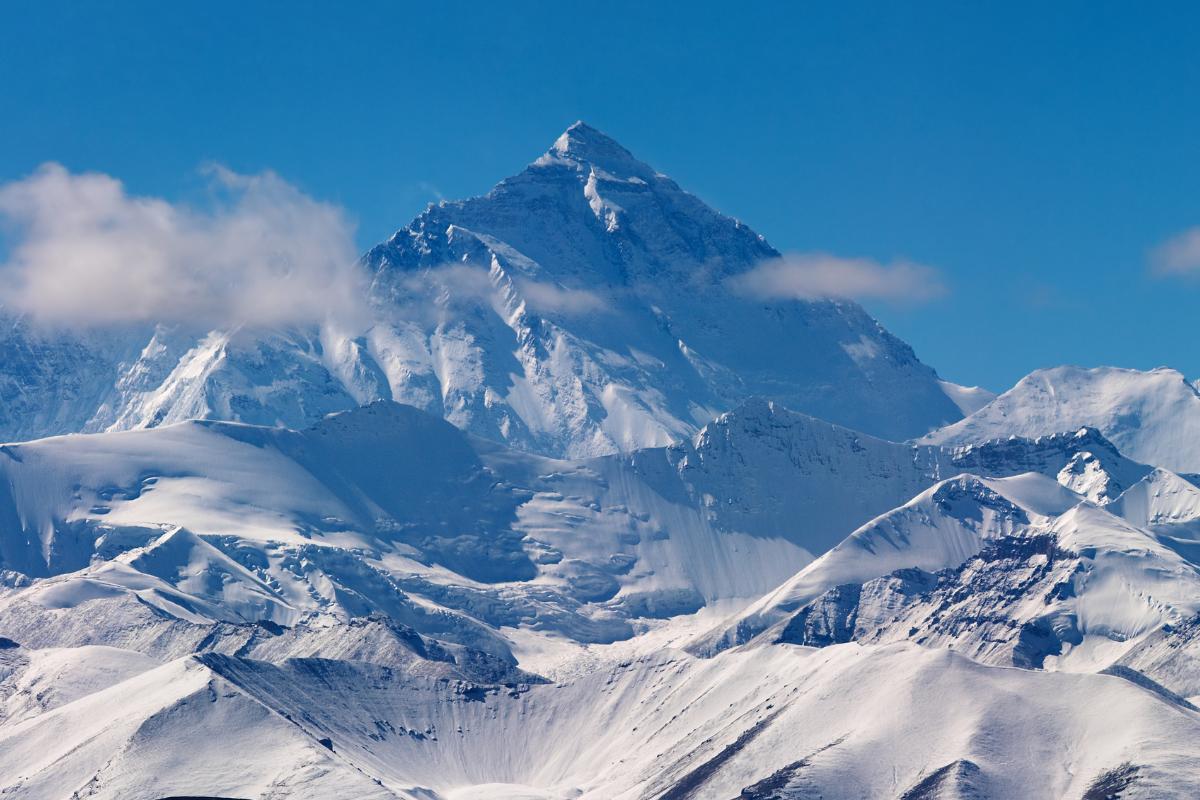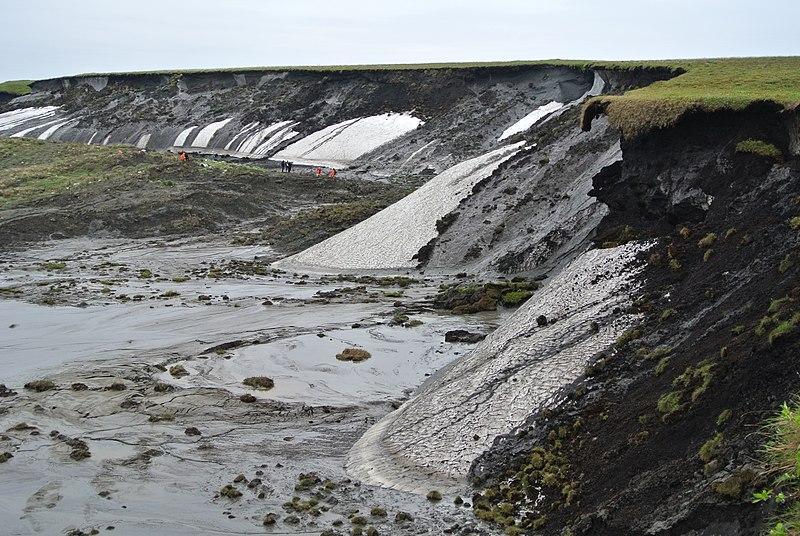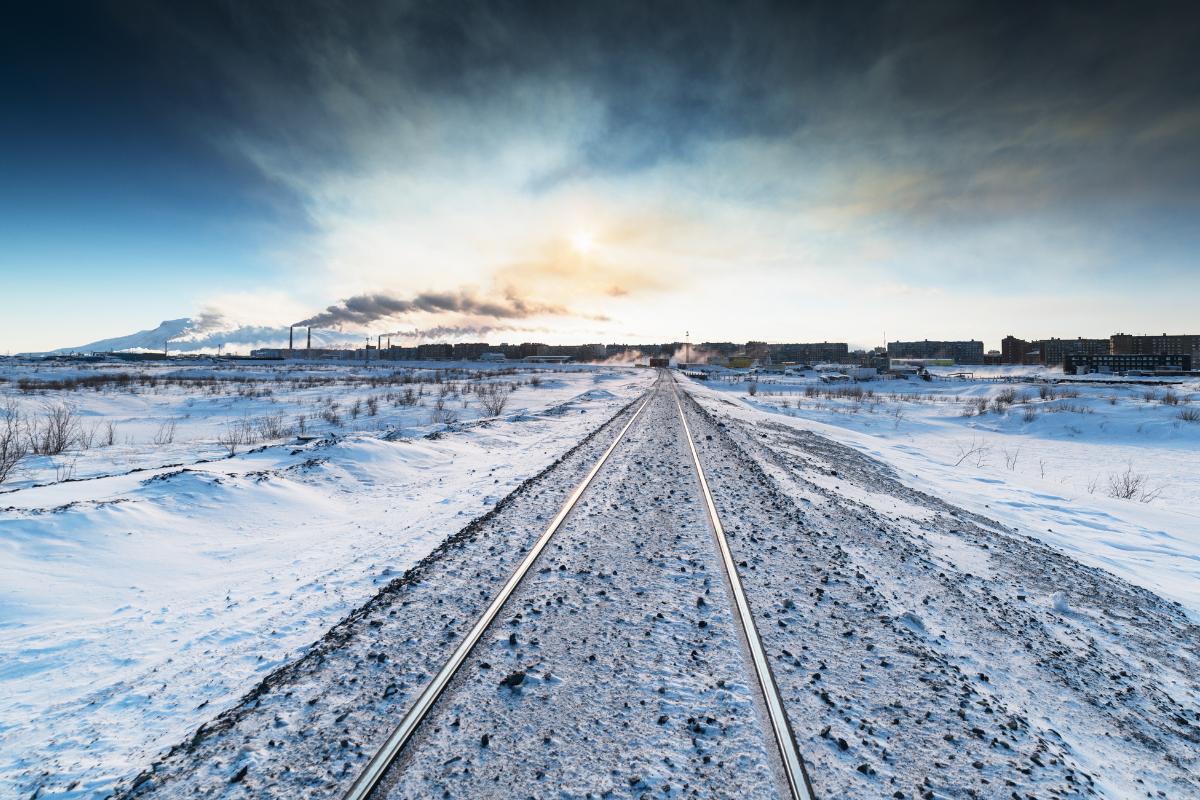What Is Permafrost? Characteristics and Why It Matters


Permafrost refers to ground that remains frozen for at least two consecutive years. Found primarily in polar regions and high-altitude areas, it plays a critical role in shaping ecosystems and influencing global climate. Permafrost consists of soil, rock, and organic material locked in ice. As temperatures rise, the thawing of permafrost releases greenhouse gases like methane and carbon dioxide, amplifying climate change.
This article by thedailyECO explores what permafrost is, its key characteristics, global distribution, and its importance in our climate system.
What is permafrost?
The term permafrost refers to any ground that stays at or below 0°C (32°F) for over two years. You'll find it near the poles and on high mountains. In fact, it covers about 25% of land in the Northern Hemisphere.
Permafrost packs soil, rocks, and sand together with ice. The upper soil is full of old plant material that never rotted, while the deeper soil is packed with minerals such as quartz, feldspar, mica, iron oxides and more.
Interestingly, snow doesn't always cover permafrost. In Alaska's tundra, you can spot thawing permafrost by polygon shapes in the ground. These patterns tell scientists where the ground is changing.
Permafrost comprises two primary layers:
- The top layer, which ranges from 0 to 2 meters in depth and experiences seasonal thawing during summer and freezing in winter. This layer is crucial for plant growth and its depth fluctuates annually.
- The deep layer, extending from 2 to 1,500 meters below the surface, remains perpetually frozen. This layer serves as a significant carbon reservoir, storing ancient organic matter, and contributes to maintaining the stability of the ground. The deepest permafrost deposits are found in Siberia.
Permafrost plays a critical role in climate systems. It traps greenhouse gases, holding twice the carbon found in our atmosphere. When permafrost thaws, these gases escape. The thawing also damages buildings, erodes coastlines, and reshapes landscapes.
Scientists are unlocking the secrets of life hidden within permafrost. By reviving ancient bacteria that have been frozen for thousands of years, researchers are gaining insights into Earth's biological history. These discoveries not only expand our understanding of life on our planet but also raise intriguing questions about the potential for life on other icy worlds.
This combination of climate impact, structural importance, and scientific value makes permafrost a key indicator of global environmental change.

Characteristics of permafrost
Now, let's delve deeper into the key characteristics and properties of permafrost:
- Maintains temperatures below 0°C (32°F) for a minimum of two consecutive years, classifying it as permanently frozen terrain.
- Comprises various geological materials including bedrock, sediments, and soil containing organic matter.
- Requires minimal frozen water content for classification, though percentage may vary significantly across different permafrost regions.
- Consists of an active layer (30-200cm) exhibiting seasonal freeze-thaw cycles, underlain by an inactive layer extending to 1,500m depth maintaining permanent freezing conditions.
- Occupies approximately 20% of the Earth's terrestrial surface, predominantly in high-latitude regions.
- Primarily formed during the last glacial maximum, approximately 20,000 to 26,000 years ago.
- Simultaneously integral to multiple Earth systems: cryosphere, hydrosphere, and geosphere, demonstrating its environmental complexity.
- Exhibits characteristic polygonal ground patterns resulting from long-term thermal cycling processes.
- As long as the temperature remains below freezing, the ice within the soil acts as a binding agent, preventing erosion and maintaining soil structure.
- The depth of the active layer, influenced by permafrost, determines the type of vegetation that can establish and thrive in a given region, ranging from tundra to boreal forest.
- As permafrost thaws, it can lead to significant landscape changes, including erosion, subsidence, and the formation of thermokarst lakes.
Curious about other frozen features on Earth? Check out our overview of the cryosphere.

Global locations of permafrost
Permafrost blankets most cold regions of Earth. The Northern Hemisphere holds the largest deposits, with Siberia containing the biggest permafrost territory. This frozen ground forms a continuous strip through northern Alaska, Canada, and Scandinavia around the Arctic Circle.
The distribution follows clear temperature zones:
- Above 65°N: Continuous permafrost covers 90-100% of land.
- 60-65°N: Discontinuous permafrost fills 50-90% of ground.
- Below 60°N: Sporadic patches cover 10-50% of area.
- Southern edges: Isolated spots take up less than 10%.
Mountains worldwide host permafrost at high elevations. You'll find significant frozen zones in:
- Rocky Mountains
- European Alps
- Tibetan Plateau
- High Andes
- Antarctica's ice-free valleys
Temperature determines where permafrost forms and persists. Cold air at high latitudes or elevations maintains frozen ground year-round, which explains why permafrost concentrates in polar regions and mountain peaks.

The role of permafrost in climate change
Permafrost holds Earth's biggest store of frozen carbon. Plants and animals have frozen here for thousands of years. Now, rising temperatures make this ground thaw.
When permafrost melts, sleeping microbes wake up. They eat the defrosted organic matter, releasing carbon dioxide and methane into the air. Keep in mind that permafrost holds 1,700 billion tons of carbon. That's twice what's in our atmosphere now. Not only that, methane traps 25 times more heat than carbon dioxide.
This creates a loop because melting permafrost releases gases that warm the Earth. Warmer Earth melts more permafrost. Additionally, the ground also collapses and erodes, freeing more trapped gases. All of this speeds up climate change beyond what humans cause directly.
The effects spread far beyond the Arctic. Melting permafrost can shift ocean currents, raises sea levels, and reshape ecosystems. It is currently estimated that by 2100, we could lose 40% of Earth's permafrost. This much thawing could tip our climate system past a breaking point.
Each thawed section adds more greenhouse gases to our atmosphere. This makes permafrost a key player in climate predictions and planning. We need to watch these changes to understand what's coming.

Why permafrost matters
As mentioned earlier, permafrost acts as Earth's carbon vault, storing twice the carbon present in our atmosphere. This frozen ground locks away greenhouse gases, which release into the air when it thaws.
The thawing of permafrost sets off a domino effect, disrupting ecosystems and landscapes. As the frozen ground thaws, it alters water systems, causing lakes to disappear and rivers to reroute. These changes have far-reaching consequences, impacting wildlife migration patterns and local food sources.
Most of arctic infrastructure depends on stable permafrost. Buildings, roads, and pipelines sit on this frozen foundation. When permafrost thaws, infrastructure fails. Communities face damaged homes, broken utilities, and disrupted transportation networks.
Finally, permafrost preserves an archive of Earth's history. Scientists extract ancient DNA, plant remains, and animal specimens from its icy grip. These findings tell us about past climates and extinct species. Some samples date back to the last ice age.
Life at -60°C? Some call it home. Learn about Earth's coldest spots.

If you want to read similar articles to What Is Permafrost? Characteristics and Why It Matters, we recommend you visit our Facts about Earth and the universe category.
- Ming-ko Woo (2012) Permafrost Hydrology, Kimberly P. Wickland, 1,2 Robert G. Striegl, 3 Jason C. Neff, 4 and Torsten Sachs.
- Kimberly et al. (2006) Effects of permafrost melting on CO2 and CH4 exchange of a poorly drained black spruce lowland.
- We Are Water Foundation (2020) Permafrost thawing: the threat of prehistoric mud. IAWA.

